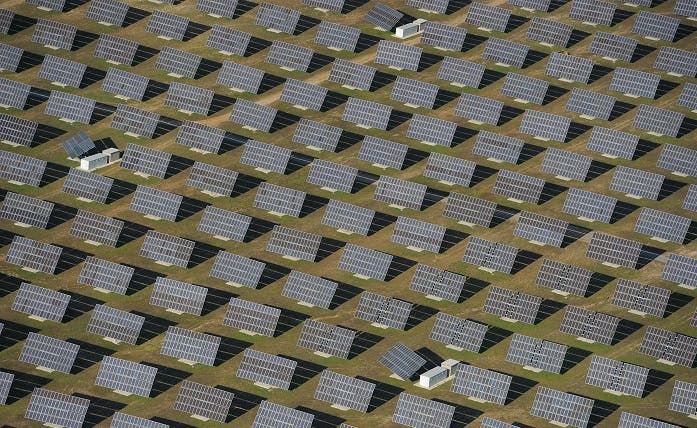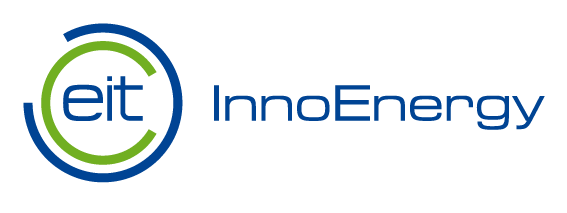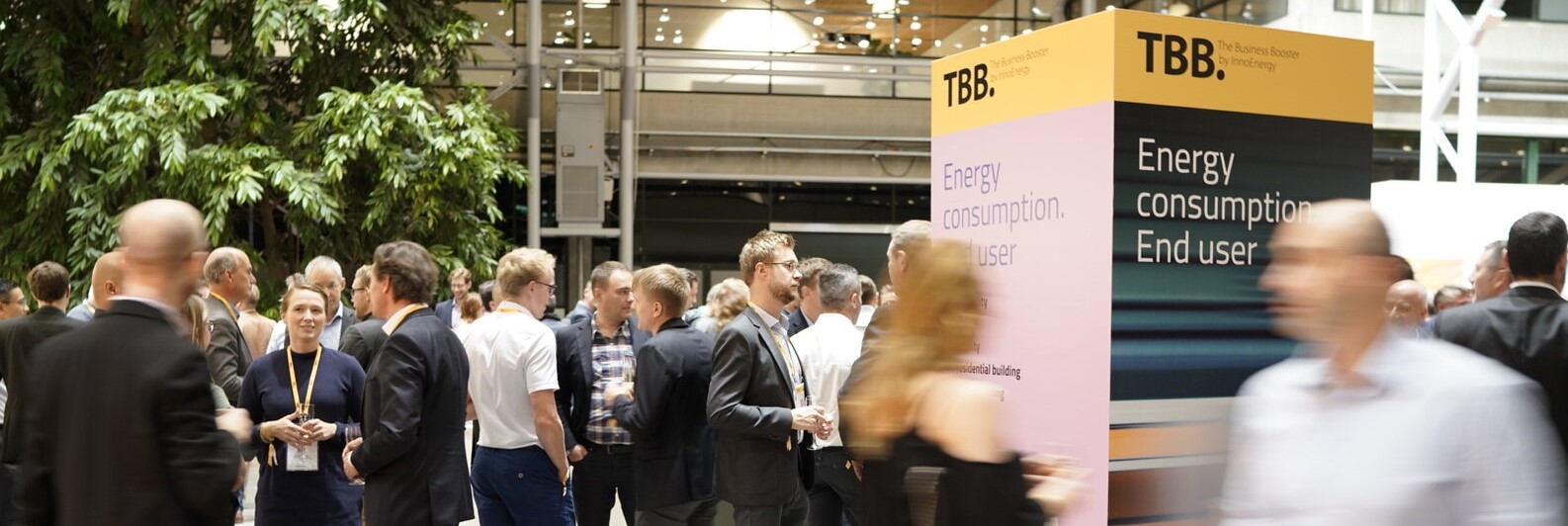InnoBlog: H for Hydrogen

Hydrogen is a part of all clean energy discussions at Instituto Superior Técnico in Lisbon. It also forms a sizable chunk of the coursework of my master’s with EIT InnoEnergy. Hydrogen is a subject particularly close to my heart. So, in this article, I have tried to simplify Hydrogen Energy and its role in the future of Clean Energy for everyone to understand.
Hydrogen classifications
Hydrogen is the most abundant element on earth. It produces no harmful emissions after combustion, just water vapor. So, using it for our energy needs is obviously a promising idea, isn’t it?
Ah, I only wish solving the climate crisis was this obvious. Let us dive into this seemingly easy but complex solution: hydrogen energy.
You see, Hydrogen is a “clingy” element. You will always find it bonded with other elements, like oxygen (H2O) or carbon (CH4). This is where the main challenge lies. To use it as a fuel, we need to separate it from other elements and form H2. And, to break those bonds, we need to supply energy. Basically, Hydrogen energy needs energy to be created.
So, this means, hydrogen is not an energy source, but an energy carrier. More like a prepaid sim card. To really determine how clean or emissions-free hydrogen is, we have to analyse the energy source that is used to produce the hydrogen.
Scientists have classified hydrogen in different colours based on the energy source used to produce it. The different colours of hydrogen and the associated primary fuel for generation. It is important to note that, hydrogen is a colourless and odorless gas. These colours are just a means for classification.
Apply today
EIT InnoEnergy Master School is now inviting applications for 2023 intake – join the go-to-destination for tomorrow’s sustainable energy professionals!

